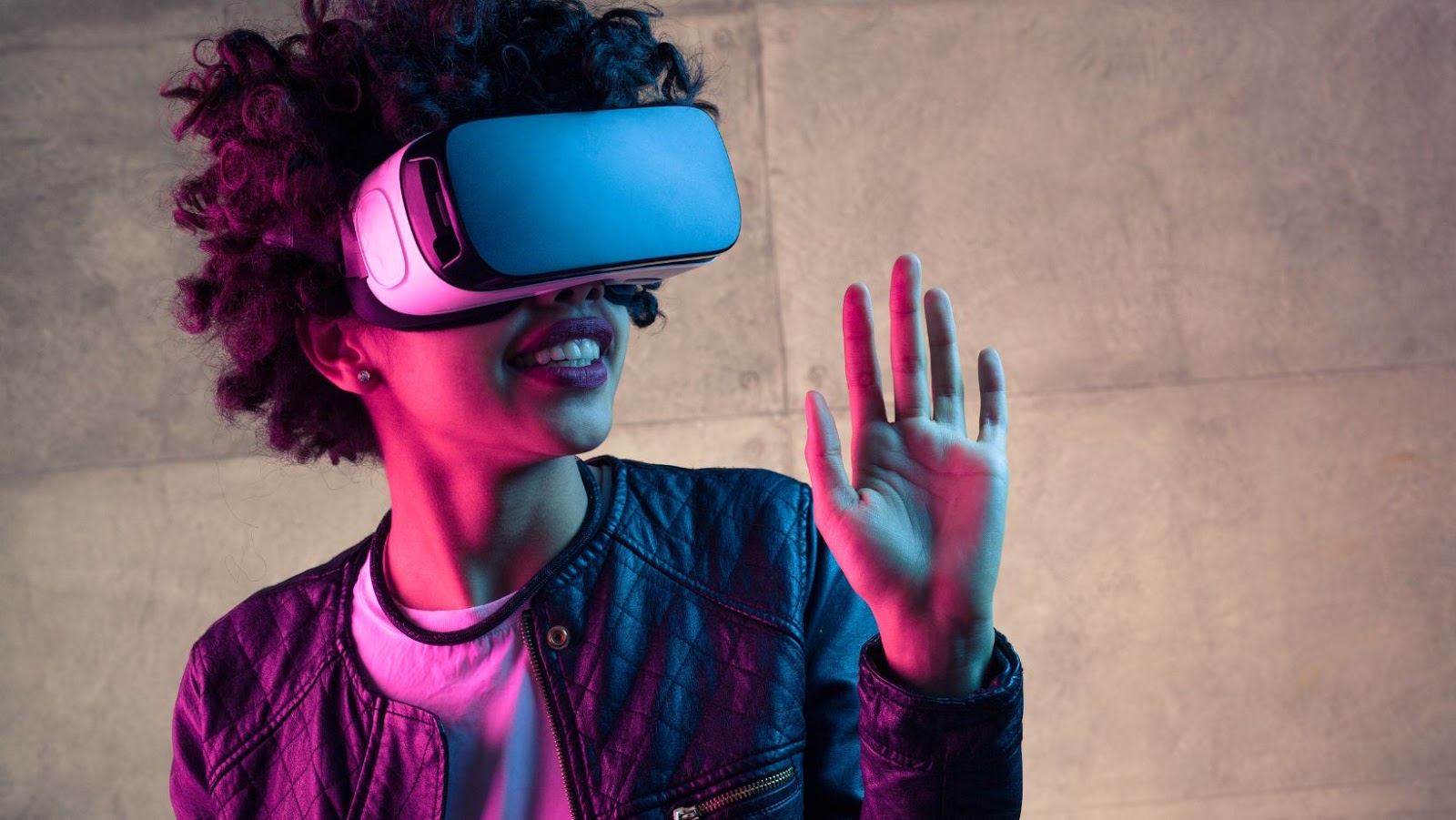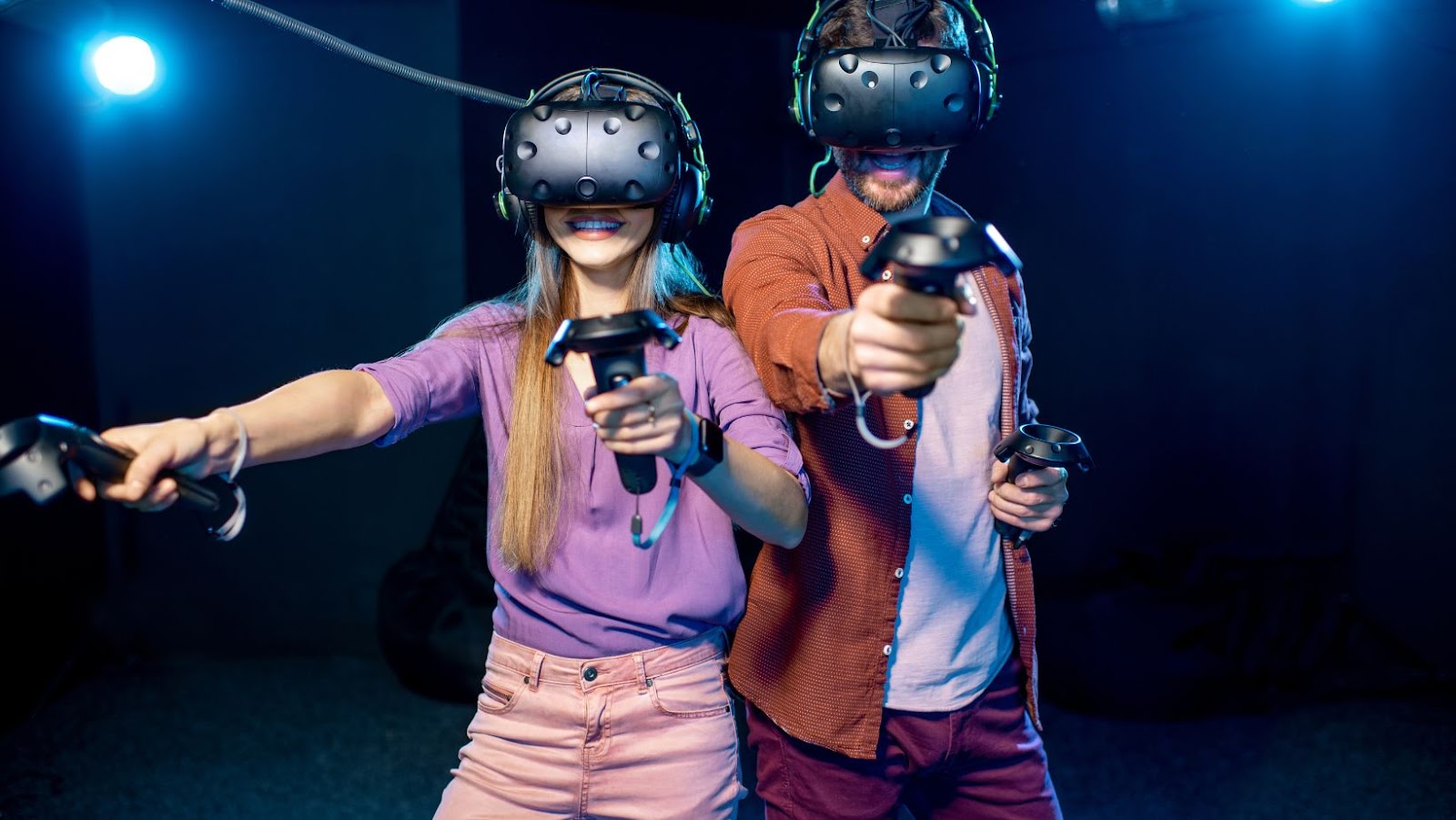 New VR Gadgets
New VR Gadgets
Moving beyond the surface, the crux of VR dwells upon a simulated setup, providing an immersive digital experience. Inputs through a headset gear up users for an encounter with an artificial, interactive 3D environment. Coupling the auditory and haptic sensation, the mimicry of physical presence in non-physical surroundings becomes possible. For instance, a person using a VR headset might traverse through the prehistoric era, test their mettle on an alien battlefield, or take a tour of a home still under construction.
In our present era, VR holds a prominent pedestal. Revolutionizing industries, this technology merges the gap between real and virtual, stimulating opportunities for professionals and enthusiasts globally. Ranging from teleconferences in business to surgical simulations in healthcare followed by unique learning platforms in education, the unique capacity to create immersive, realistic 3D environments is proving to be a game-changer. Impacting sectors far and wide, this globetrotting technology has indeed, redefined the dynamics of digital interaction.
 Detailed Study on New VR Gadgets
Detailed Study on New VR Gadgets
Transitioning seamlessly from basic concepts and industry applications, this section delves into cutting-edge VR gadgets. The concentration is primarily on how modern VR gadgets integrate innovative features and enhance user experiences.
State-of-the-art VR gadgets incorporate a slew of innovative features. These features foster immersion, improve usability, and increase realistic perceptions.
- Enhanced Image Quality: Top-tier VR gadgets, such as Oculus Quest 2 and Valve Index, offers high resolution display, ensuring vivid and crisp visuals.
- Adjustable Field of View: This feature allows users to widen or narrow the viewing area, aiding in the simulation of real-world perspectives.
- Eye-tracking technology: The latest VR gadgets upscale the user’s experience, providing responsiveness and interaction based on eye movement.
- Haptic feedback: The integration of tactile feedback technology in VR equipment, like HTC Vive, mirrors real-world textures and sensations.
VR gadgets, equipped with advanced technology, propel an enriched user experience. With their cutting-edge features, these devices establish comprehensive environments, deploying unparalleled user engagement.
- Reduced Latency: New VR gadgets guarantee lower latency levels. This enhancement avoids visual lags, ensuring smooth and cohesive 3D experiences.
- Comfortable Design: The latest VR gadgets prioritize user comfort. They incorporate ergonomic designs and lightweight materials for long-term use.
- Enhanced Interaction: Contemporary VR gadgets, such as PlayStation VR, facilitate more intuitive interactions with the virtual environment through natural motion controls.
- Wireless Operation: Modern VR headsets, including Oculus Quest, allow for wireless usage. This feature affords users the freedom to move and interact within their VR environments unrestrictedly.
 Comparing Top New VR Gadgets
Comparing Top New VR Gadgets
Building from the previous discussions on the surging advances in VR technology and the features present in the latest VR gadgets, this section dives into an in-depth comparison of popular VR brands and analyzes their cost-value proposition.
Several brands are making their mark in the world of VR, such as Oculus, Samsung, HTC, and Sony.
Oculus, a frontrunner in VR technology, boasts devices like the Oculus Quest 2, lauded for high resolution visuals, intuitive design, and wireless capabilities. It also fits comfortably, paving the way for extended use.
Samsung impresses with the Gear VR, a smartphone-compatible device. It’s affordable, user-friendly, and comes packed with exciting VR content, setting a benchmark for mobile VR experiences.
HTC’s Vive range stands out with their sophisticated eye-tracking technology and room-scale tracking system, delivering unparalleled immersion levels.
Finally, Sony’s PlayStation VR navigates gaming-centric VR pathways, enhancing standard gaming experiences with superior optics, balanced design, and responsive tracking.
When evaluating the cost-value advantage, it’s crucial to weigh the gadget’s price against its offered features and user experiences.
Oculus Quest 2 starts at $299, packing high-end VR technology into a relatively affordable package. That price brings wireless operation, pinpoint tracking, and vast content library—offering great value for money.
Samsung Gear VR, priced at around $129, offers a more budget-friendly option, especially for those already owning a compatible Samsung smartphone. The device offers good quality VR experience without breaking the bank.
HTC Vive Pro, at around $1399, is at the higher end of the spectrum, targeting professional users and enterprises. Its advanced features, like high-res displays and room-scale tracking, justify the high price tag.